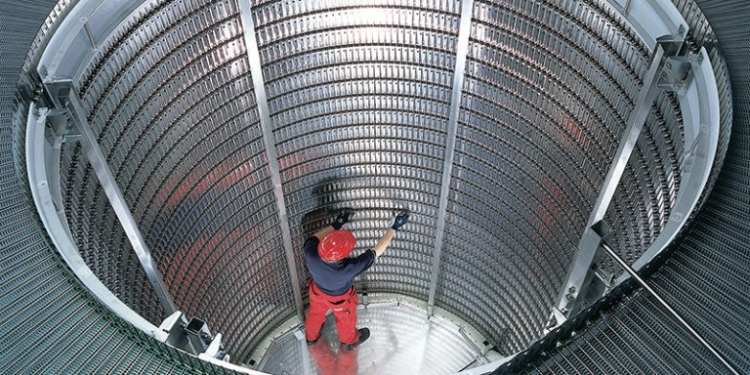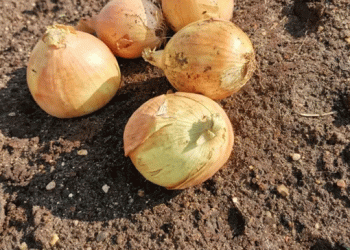Production of frozen products, especially French fries, needs to be meticulous to end up with the perfect fry. This includes defect and foreign matter removal and naturally, trouble-free freezing if the end-user is to be satisfied.
Andre Erasmus has a look at some major players in this field.
There’s an old saying we all know – when the chips are down. This implies the critical moment, when there is no going back. It is poker chips that are referred to in this old adage, not potato chips or even French fries. But the phrase applies just as well.
When producing masses of frozen French fries – as companies like Aviko, Cavendish Farms, Lamb Weston, Lutosa and many others do – the company has to have strict quality control measures all the way through the process and this, to a large extent, depends on the quality and efficiency of the equipment used.
Once again, the critical factor is not the final freezing, but each step along the way. The process of transforming a load of raw potatoes into a packet of frozen French fries takes about an hour in most modern processing plants – and a lot happens in that time.
Good practices come in dozens
As McCain points out, the production of frozen French fries is a 12-step process. It starts with the storage of the chosen potatoes, which have to undergo processes like de-stoning, size selection, removal of foreign matter and washing before cutting, further defect removal, blanching, drying, light frying and freezing before packing, further storage and eventual distribution. Each of these steps is a critical phase and a fault or error in any of these can be detrimental to the processor – in terms of both financial costs and loss of consumer faith.
Quality is crucial
Over the years, there have been major marketing campaigns to show that frozen food is as healthy and nutritious as farm fresh, and consumer groups are always on the lookout for a product failure. It is often stressed that commercial freezing (in the case of potato products at around -29 °C) effectively locks in the nutritional value.
In fact, way back in 1988 the US Federal Department of Agriculture said that the ‘nutrient profiles’ of some raw fruits and vegetables showed ‘relatively equivalent nutrient profiles’ to their frozen counterparts. Add to this the fact that frozen foods are often more affordable, have fewer food safety issues as well as a lower waste factor for the end-user, and there is a lot to be said for buying frozen. But again, quality is crucial and the equipment used as well as the processes need to be top class in all aspects.









